Why you should learn Samba!
History
Samba is the national dance of Brazil and became popular in the U.S throughout the 1930’s and 1940’s with a little help from movie star and singer Carmen Miranda. Samba is sometimes called the “South American Waltz” as its steps, at times, are closely interrelated to waltz and rumba. People often associate the large feathers and glittery costumes of carnivale with samba, however, in a ballroom setting this is not the case.
Music
The music and rhythm of Samba has a unique syncopated timing that rarely appears in other styles. The basic counts for Samba are “1 a 2”. Today’s Samba music has been heavily influenced by Jazz and Latin rhythms.
Popular Samba Songs include “Copacabana - Barry Manilow”, “Quando, Quando, Quando - Engelbert Humperdinck
Characteristics
The main characteristic of Samba is, of course, the vertical bounce action. Samba also teachers dancers how to roll through the foot with ball/toe leading actions as well as flat footed actions. Samba should be danced smoothly and in a relaxed manner, giving the appearance of effortless, carefree and easy movements.
Final Thought
Adding Samba to your dance repertoire helps both advanced and beginner dancers to learn different concepts such as foot action, unique timing, vertical bounce, and carefree, effortless stylising of Samba. It’s close relation to Waltz and Rumba make Samba’s interrelated steps easier to learn. What are you waiting for? On your dance lesson talk to your teach about learning Samba.


